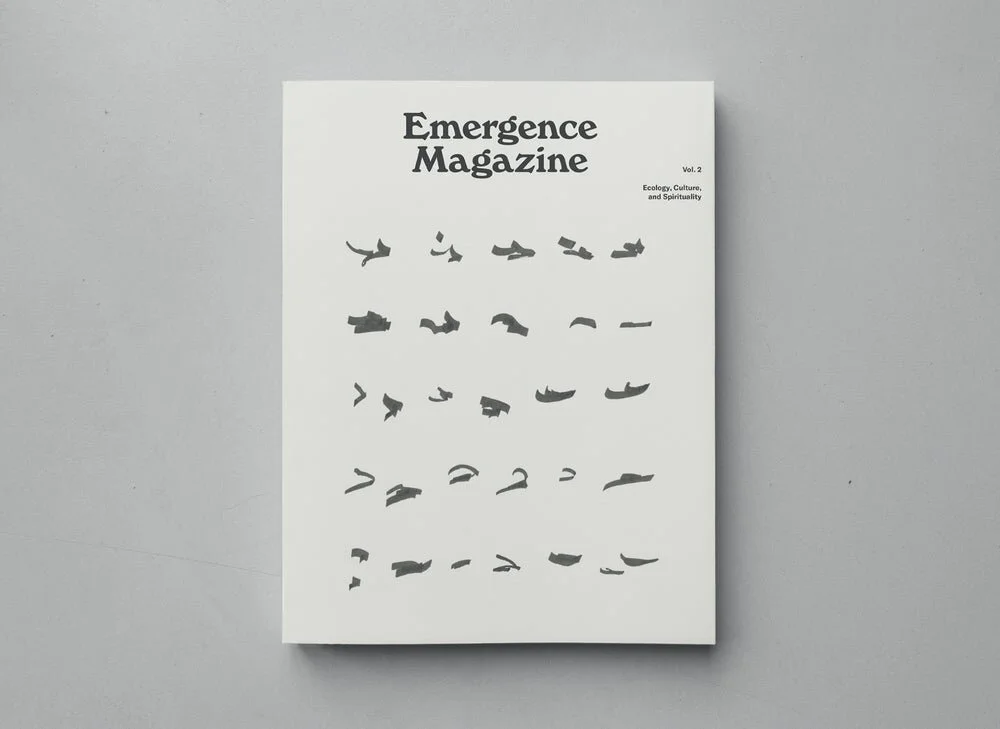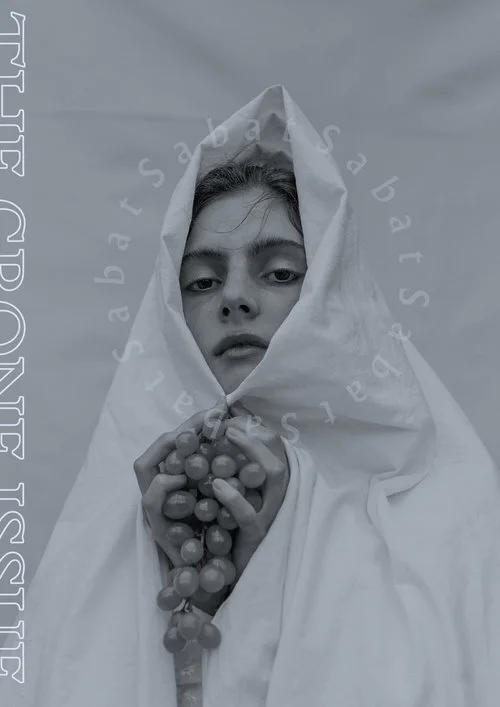A Magazine Prescription from Magalleria
When we first started If Lost, Start Here, we knew that we wanted to take a broader view of the things that make us feel good in life. Wellness can mean yoga and spa retreats, but it can also mean finding connection dancing to live music, planting your own magical terrarium to find your way back to nature, and refining your emotional intelligence at a School of Life.
Restoring our own equilibrium, and helping others find their balance, has meant searching far and wide for the therapeutic in the everyday. That’s where Bath’s Magalleria has stepped in for us, particularly during the lockdowns. For me, losing myself in a store dedicated to independent magazines has been a crucial form of respite. It has helped me find ways to get off my phone and reconnect with the analogue, get out of my head to access different points of view, and push against assumptions of what printed material is, what creative expression can be and who gets to live a purposeful life.
Over the past few months as we couldn’t get out into the world, we’ve folded some of our go-to independent magazines into our Culture Therapy series but what we’ve really wanted to do for a while is bring in the expertise of Magalleria founder Daniel McCabe. So we invited him to write his own Culture Therapy prescription based on the magazines he knows so well and he very kindly agreed. Below are Daniel’s recommendations for all the things we need when we’re lost, lonely, anxious, or just curious, in his own words for why these choices matter.
Rakesprogress describes itself as a progressive gardening magazine and a contemporary look at the world outside. We think they mean get out there.
We should say we’ve been waiting for someone to update the humble gardening magazine. Until now the marvellous The Plant and the indispensable Garden Design Journal have been holding the fort at Magalleria. And now, too, Rakesprogress brings elements of visual art, photography and an accomplished designer's style to the field. But that wouldn’t be enough. This magazine is about getting hands-on to find your way in, or connecting with, the natural environment.
This is a gardening magazine that puts most photography magazines in the shade.
Analog Sea Review is a small literary journal published between offices in Texas in the US and Freiburg, Germany.
Around these poles, this award-winning and universally praised journal aims to represent a community of writers and artists 'wishing to maintain contemplative life in the digital age.' Yes, this is a true print enterprise located firmly in offline culture. This pocket collection of poetry, essays, stories, illustration and photography is indeed a tonic for anyone seeking shelter from the daily media battering that is institutional to 21st-century life.
Until now Emergence Magazine has been a quarterly online bulletin gathering and binding contemporary threads in ecology, culture and spirituality. It is, in every way, a magazine for now.
The magazine's first print outing was a predictably beautiful and very imposing thing, hand-sewn using a variety of different paper stock and finishes. We didn't think they would top it but the second issue is simply breathtaking. This time it runs to 400 pages revelling in various stocks and finishes to showcase an absorbing range of feature articles, photo essays, stories and poems.
Point.51 is a substantial new long-form journalism magazine bringing fresh eyes and ears to the genre. It's fair to say that it's one of the most impressive new magazines we've had in any category over the last few years.
Providing a mix of reportage and documentary photography, issues so far have examined themes around migration and national identity; its approach is well thought out, balanced and intelligently ordered, all of which makes for an easily digestible and satisfying read.
What makes a modern witch? Sabat is a fascinating magazine exploring contemporary witchcraft through interviews, essays, articles and visual culture, much of which today derives from Tumblr and Instagram.
As well as defining the contemporary witch the magazine aims to encourage or inspire self-development in its readers, to find their powers within. Sabat overturns common or stereotypical perceptions of the occult and paganism and reveals a range of different aesthetic expressions of the movement. There's no hocus pocus here although it's very black and white with heavily serifed, bookish typography. Sabat feels fresh, modern and in touch.
Serving as a print platform for disabled and chronically ill creators, Olivia Spring’s magazine SICK is delightfully vibrant, a petite publication fervent with the words and visual art of over fifteen creative minds. Every contributor personally experiences either disability or chronic illness, and their work is informed wholly or in part by their experiences. As such, SICK’s articles and features vary wildly, a reflection in itself of how diversely illness can intersect peoples’ lives. (words by Imogen Howorth)
Forget your preconceptions (we didnt). Although it features recipes and references food and cooking, Luncheon is not really a food mag.
This staggeringly accomplished and beautiful oversized magazine proclaims an appetite for style and culture and clearly worships a time (think classic 50s Vogue) when print designers carefully considered the way in which our eyes rove across the page. It's an ambitious mission but the two movers behind Luncheon (Thomas Persson and Frances von Hofmannsthal) are very well connected, experienced and clever enough to pull things off. This is a magazine masterpiece.
Current news, without the downtrodden, pessimistic slant. Positive News aims make you feel encouraged and inspired by all the good that there is in the world.
Positive News came into being in 2015 with the support of readers and journalists worldwide. Instead of serving the mass media, they serve the many, sourcing, writing and showcasing current positive news, with intellectual reflection and discussion on all issues, from mental health to politics.














